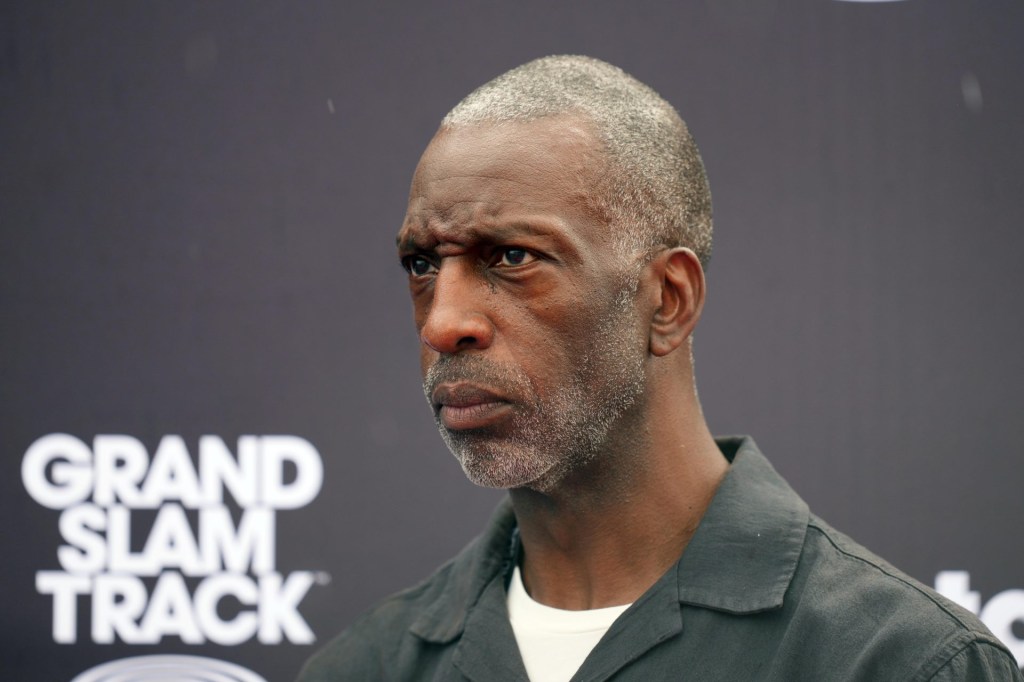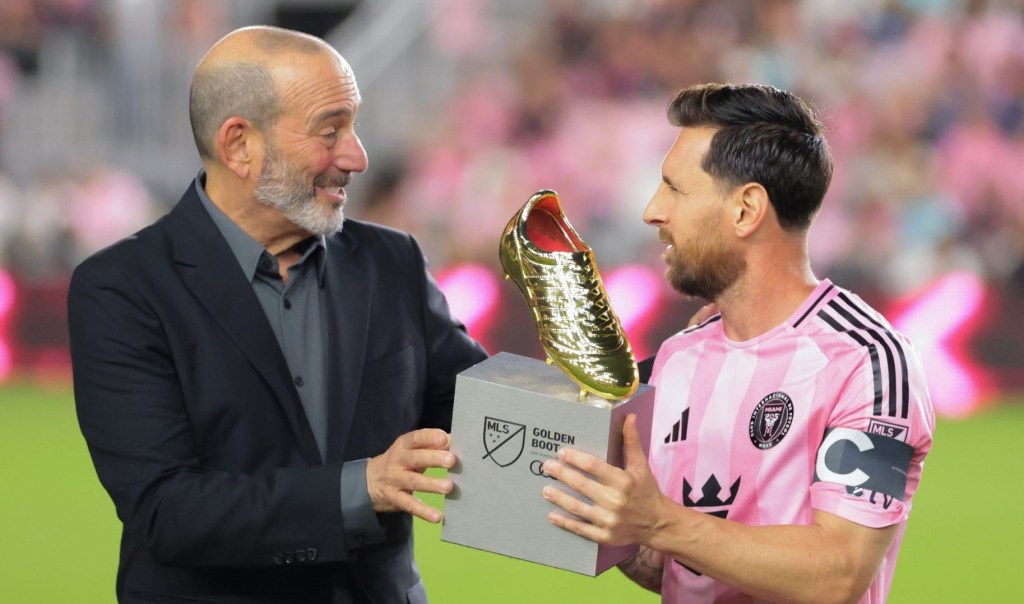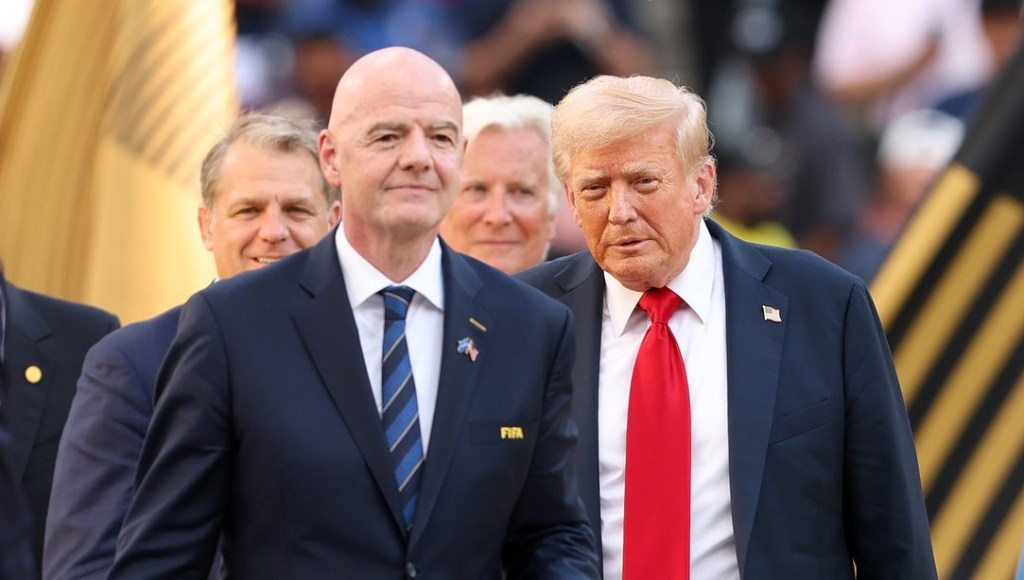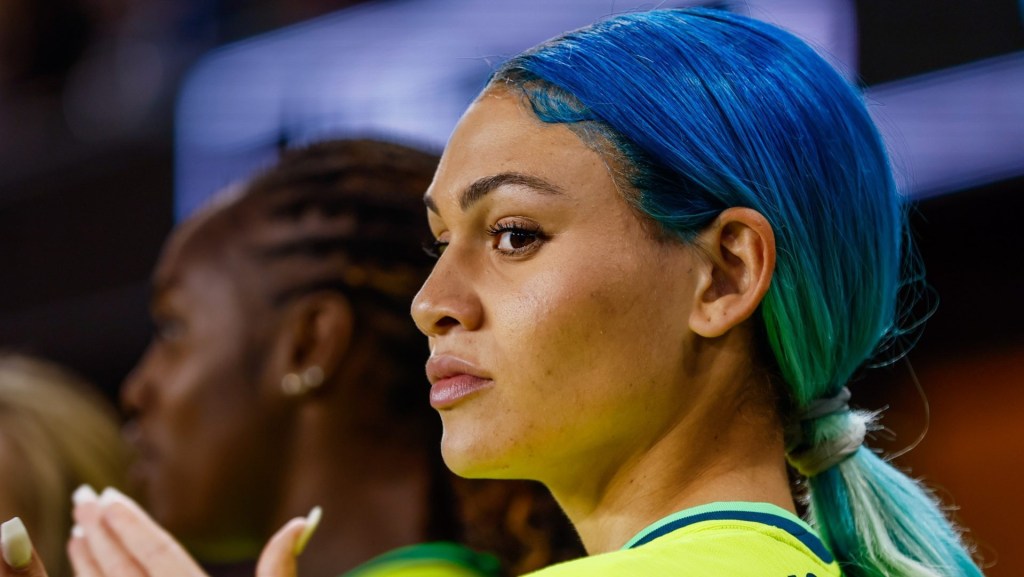Major League Baseball’s rich are getting richer, and the league’s relatively poor are also getting poorer, raising tensions throughout the sport.
As MLB began its 2025 regular season in full Thursday, the defending champion Dodgers lead the league with a record luxury-tax payroll of $398.2 million, buttressed by a highly aggressive offseason that included acquisitions of starting pitchers Blake Snell and Roki Sasaki, relievers Tanner Scott and Kirby Yates, and the retention of outfielder Teoscar Hernández, among other moves.
That figure is 4.8 times as large as the comparable figure for the No. 30 team in luxury-tax payroll, the Marlins’ $82.6 million. The spending spread between top and bottom is an increase from levels seen during the current collective bargaining agreement that MLB and the MLB Players Association reached in early 2022, with no near-term change in sight.
A decade ago, the Dodgers also topped MLB in player spending, while the Marlins similarly stood at the bottom. The Dodgers’ annual payroll since then, however, has increased by more than $96 million, while Miami has added only a little more than $10 million.
The current pressure points are now growing to the point that some teams are publicly acknowledging they cannot keep up with top spenders such as the Dodgers and the No. 2 Mets. That club agreed to a record-setting $765 million free-agent deal with Juan Soto over the offseason as part of a luxury-tax payroll of $328.4 million.

After that historic signing, Mets president of baseball operations David Stearns said he was “not particularly concerned” about the impact on lower-revenue clubs.
“Something’s got to happen. The competitive imbalance in baseball has gotten to the point of ludicrosity now. It’s an unregulated industry,” Rockies owner Dick Monfort recently told The Denver Gazette. The Rockies’ 2025 luxury-tax payroll of $142.3 million is 21st in the league.
“The only way to fix baseball is to do a salary cap and a floor. With a cap comes a floor. For a lot of teams, the question is: ‘How do they get to the floor?’ And that includes us, probably. But on some sort of revenue-split deal, I would be all in,” Monfort said.
The idea of a cap, however, almost certainly will be a nonstarter as the MLBPA has steadfastly refused any such overtures throughout its history—though there has been more recent receptiveness among players toward a floor. During spring training this year, union executive director Tony Clark continued to convey a preference for seeking other avenues to solve the growing spending gap.
“There are ways of addressing the system that aren’t salary- or cap-related, or require the restrictions of player salaries as the answer to every one of these questions,” Clark said.
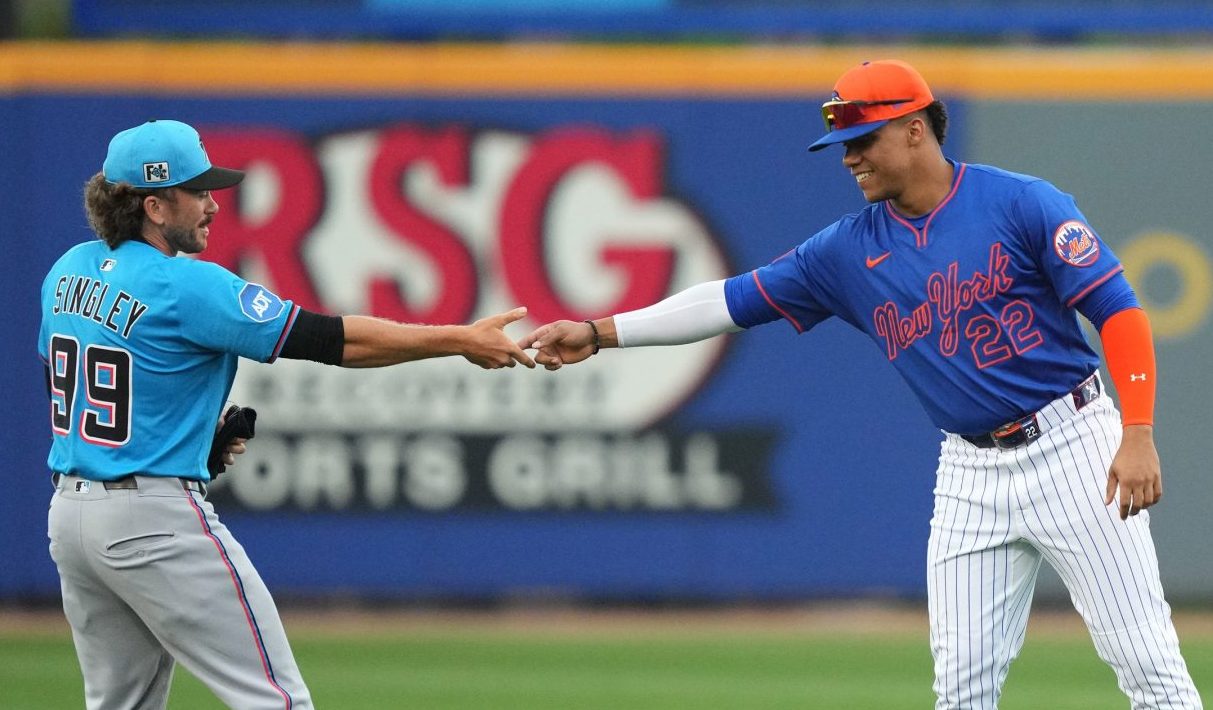
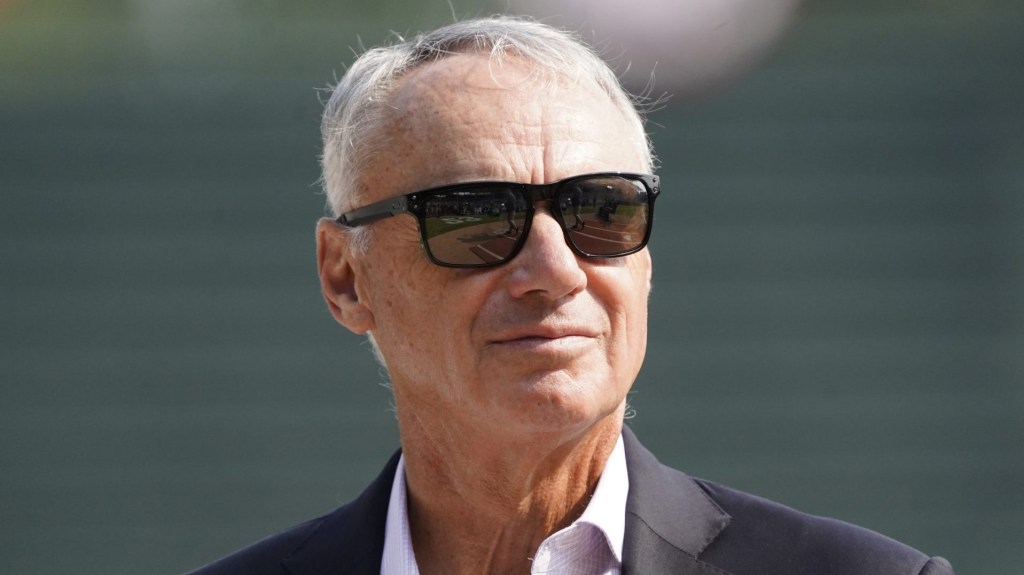
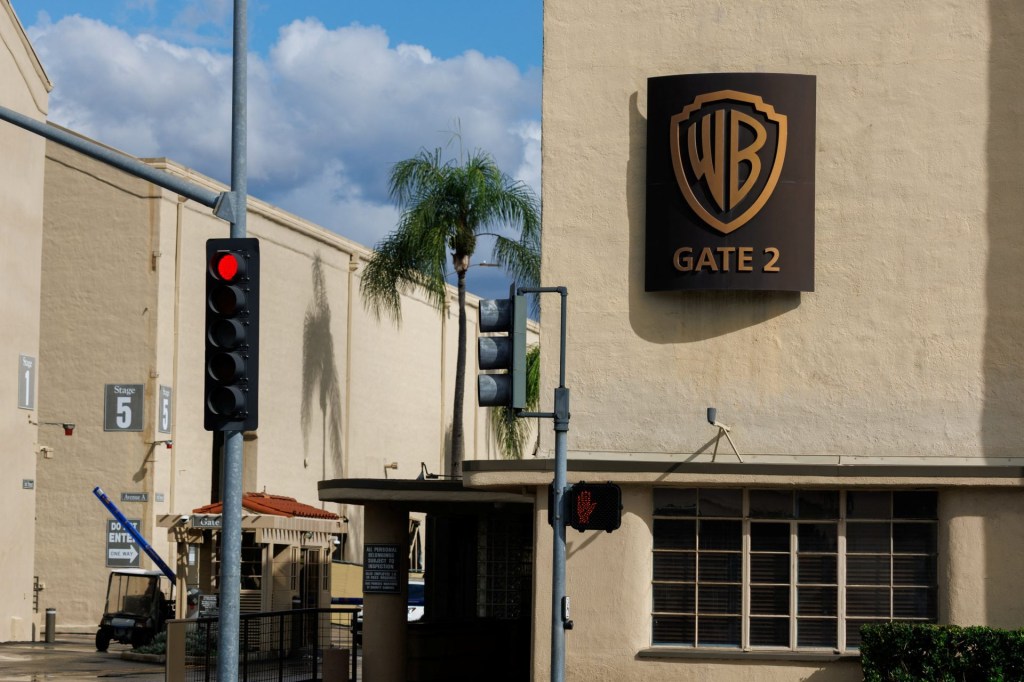

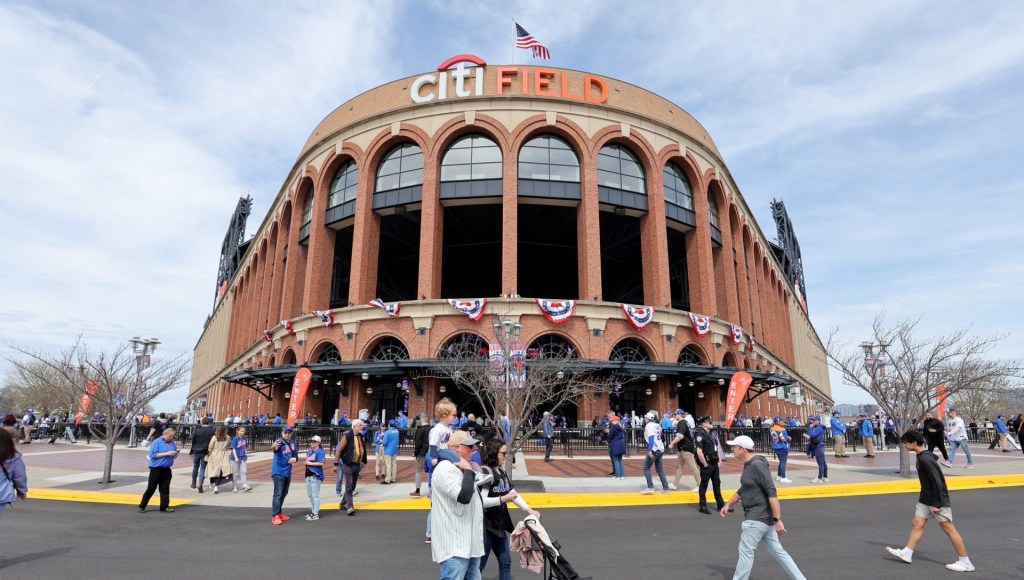



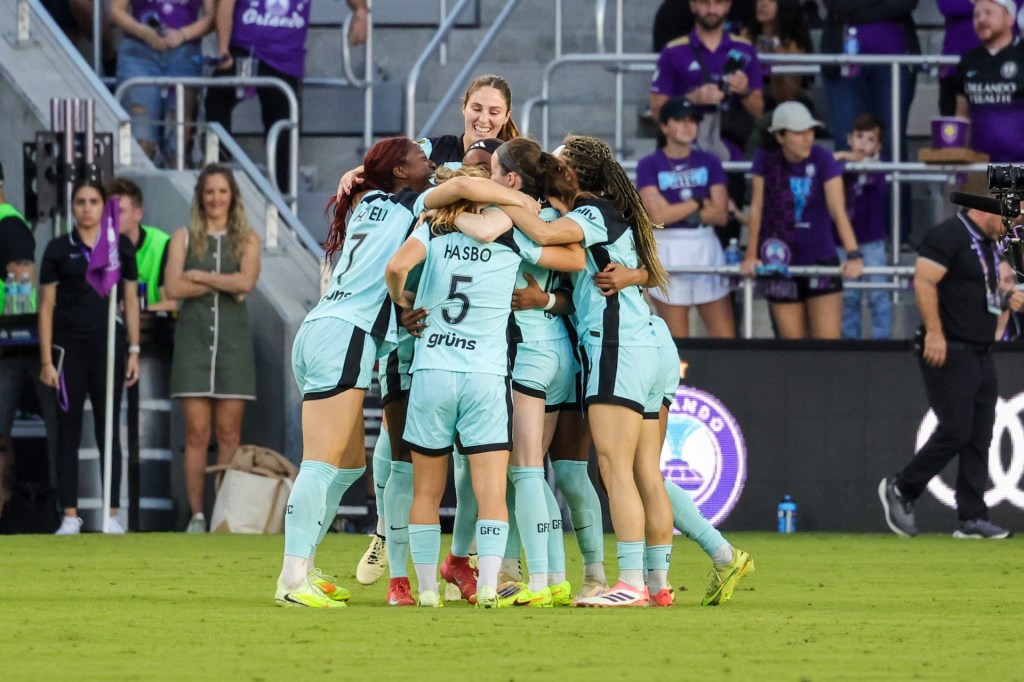

![[US, Mexico & Canada customers only] Dec 5, 2025; Washington, District of Columbia, USA; United States of America President Donald Trump, FIFA President Gianni Infantino and Canada Prime Minister Mark Carney watch from the stands during the FIFA World Cup 2026 Final Draw at John F. Kennedy Center for the Performing Arts.](https://frontofficesports.com/wp-content/uploads/2025/12/USATSI_27745262_168416386_lowres-scaled.jpg?quality=100&w=1024)
